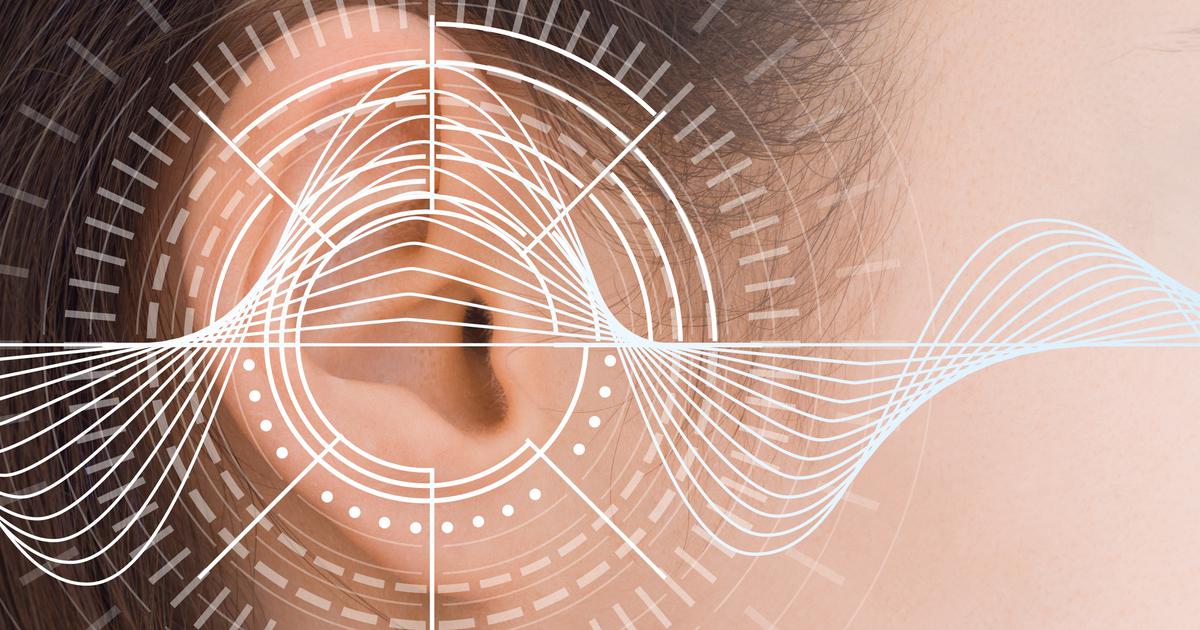10 Mind-Boggling Facts on Unraveling the Mystery of Pulsatile Tinnitus
Imagine hearing your own heartbeat, not as a subtle life rhythm, but as a constant, thumping drum echoing in your ears, perfectly in sync with your pulse. This isn't science fiction; it's the unsettling reality for those with pulsatile tinnitus, a rare and often misunderstood condition far different from the common "ringing in the ears." This internal percussion can be deeply distracting, a relentless reminder of bodily processes typically unheard. More than just an auditory anomaly, pulsatile tinnitus often whispers of underlying, sometimes serious, health issues—from quirky blood vessel formations to conditions needing urgent attention. Prepare to delve into this medical enigma as we unravel its complexities with 10 truly mind-boggling facts that illuminate the mystery behind hearing your own pulse, offering insights that could change your understanding of this extraordinary phenomenon.
1. Hearing Test

The exact method of diagnosis for pulsatile tinnitus may vary depending on the case. If patients don't need emergency medical treatment, they may be referred to a specialist called an otolaryngologist. This doctor will typically perform a hearing test or multiple hearing tests as the first method of diagnosis. During a pure tone audiometry test, a doctor will measure the pitches and volumes patients are able to hear. Some individuals may have trouble hearing because the pulsatile tinnitus drowns out other sounds. Hearing loss can also occur when patients have intracranial hypertension, which causes increased pressure on the brain, ears, and eyes. Damage to the ears may make patients unable to hear certain tones or process sounds clearly.
2. Electrocochleography

An electrocochleography may be used as a further form of hearing test. This technique allows doctors to record the electrical potentials the patient's auditory nerve and inner ear generate when they hear sounds. The test involves the placing of an electrode into the tympanic membrane or ear canal. Typically, this type of diagnostic test is only performed by an otologist or audiologist who has been specially trained in its application. The electrocochleography results will help detect whether there's elevated pressure against the patient's inner ear. In cases of intracranial hypertension, this technique is very helpful when diagnosing the underlying issue, such as pulsatile tinnitus. In cases that don't involve increased pressure, the test can rule out emergency conditions like intracranial hypertension.
